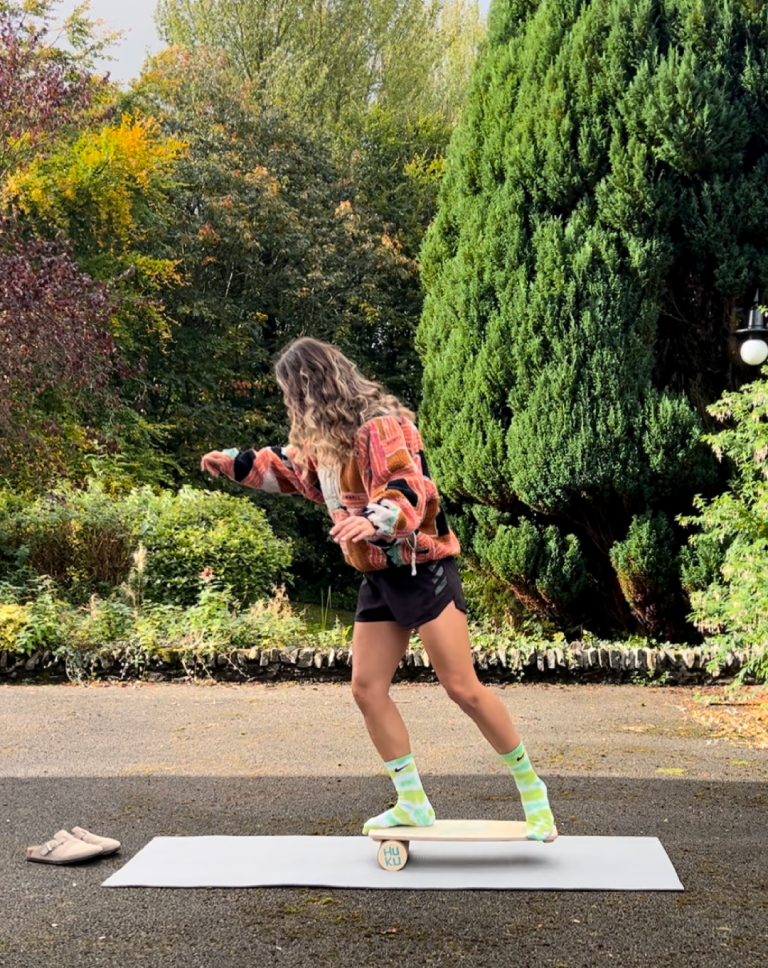Preventing injuries from exercise

Introduction
Regular exercise is crucial for optimal health and fitness. Exercise helps us maintain a healthy weight, strengthens bones and muscles, and boosts our mental health. It does not come without risk though. Performing any physical activity carries the risk of injury. There are steps you can take to reduce this risk and make your training safer. These will be explained below.
How to reduce the risk of injury from exercise
The risk of injury varies from the sport or exercise performed. The intensity of the activity also is a major factor. The following tips apply to most activities and will help make your workouts safer in general.
Wearing the appropriate safety gear is extremely important. The equipment you need will depend on the sport/exercise you are performing. For example, wearing a helmet while riding a bike is crucial for preventing head injuries! Gumshields, eye protection, and gloves are other examples of safety gear needed for some sports.
Overuse injuries are a common complaint from athletes and regular gymgoers. An overuse injury can occur when a muscle experiences repetitive stress without adequate rest and recovery. Increasing the intensity of exercise too fast can also lead to an overuse injury. Tennis elbow is an example of an overuse injury. It occurs when the tendons near the elbow become inflamed due to repetitive stress, such as swinging a racket.
There are precautions you can take to reduce the likelihood of experiencing an overuse injury. Using the correct technique is very important. Incorrect form can result in misalignment of the body, placing added stress on joints and muscles. You should also steadily increase the intensity of any new activity you start. Avoid joining the gym and immediately trying to lift the heaviest weights!
Warm-ups and cool-downs
Warm-ups help to get your body prepared for exercise. It increases your heart rate, which improves blood flow to your muscles. This reduces the risk of strains and tears. A warm-up should generally last between 10 to 20 minutes and consists of light aerobic movements such as jogging on the spot, pushups, and bodyweight squats.
Cool-downs help to gradually bring your heart rate back down after an intense bout of exercise. It can help start the recovery process and bring your mind back to a resting state. A cool-down generally involves slowly reducing the intensity of the activity performed. Therefore, a cool-down after a jog could be a brisk walk. Stretching and yoga are also great ideas. They can help reduce the stiffness in your muscles. Yoga Wheels, such as the Huku Moon Wheels, are popular fitness tools used by people to assist with stretching and performing yoga asanas. They help you to try out more advanced poses and iron out knots with targeted stretching.
Conclusion
Performing any kind of physical activity carries the risk of injury. It should not stop us from exercising as there are many benefits. There are steps you can take to reduce the likelihood of experiencing an injury. Wearing the appropriate safety gear is crucial. It is important to steadily increase the intensity of any new workout plan, as this will reduce the risk of an overuse injury. Using the correct technique is essential. Warm-ups and cool-downs are a critical part of any workout and should be performed before and after each session.







